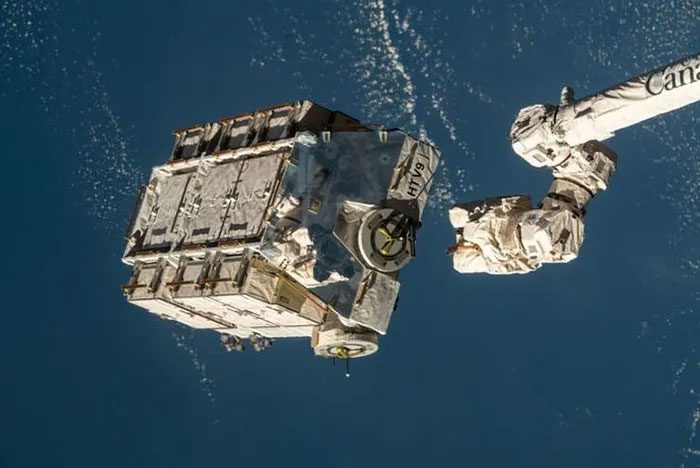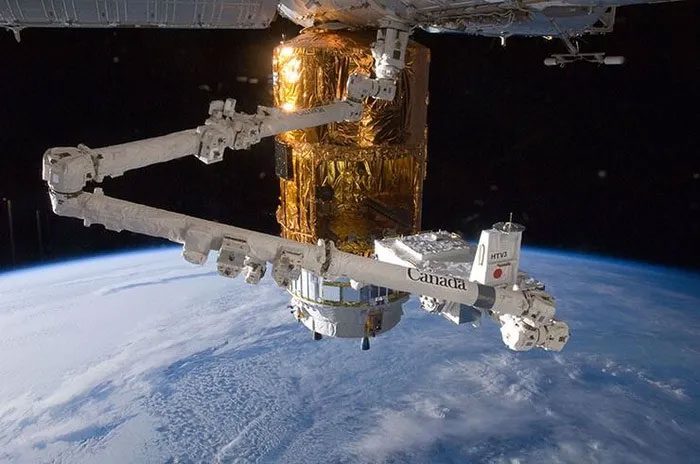As predicted, the Expose Pallet 9 (EP9) battery module from the International Space Station (ISS) re-entered Earth’s atmosphere over the past weekend.
Weighing 2,630 kg, the EP9 was released from the ISS in 2021 and had been orbiting our planet since then. It is likely that it burned up completely in the atmosphere, but the possibility that some individual elements reached the surface of the planet cannot be ruled out.

EP9 appears to have burned up completely before reaching the surface of Earth.
NASA spokesperson Sandra Jones stated that the agency “conducted a thorough analysis” of the debris from EP9 and concluded that it re-entered Earth’s atmosphere safely. It is important to note that this is the heaviest object ever released from the ISS, entering the atmosphere while flying between Mexico and Cuba. According to Sandra Jones, NASA believes that no parts of the module survived re-entry.
The European Space Agency (ESA) also tracked the trajectory of EP9. In a statement made early last week, ESA indicated that there was a possibility that some space debris would not burn up in the atmosphere; however, it stated that the likelihood of hitting a person is “very low.” At the same time, ESA acknowledged that “some parts could fall to Earth.” Astronomer Jonathan McDowell estimates that approximately 500 kg of debris fell to the Earth’s surface.
According to ESA, the risk of some space debris hitting a person is about 65,000 times lower than the risk of being struck by lightning. It is highly likely that the probability of such an outcome is extremely small, which is why the ISS released the over 2.6-ton battery module into space on March 11, 2021. Since then, the used battery has remained in low Earth orbit, circling the planet every 90 minutes. Exposure to the thin atmosphere at low Earth orbit gradually slowed the module down until gravity finally pulled it back into the atmosphere last week.

Nevertheless, some “fragments” of the battery module still exist after burning up.
The EP9 battery module consists of six new lithium-ion batteries, delivered to the ISS by Japan’s HTV spacecraft. The astronauts then used the robotic arm to replace the outdated nickel-hydrogen batteries. After a period of use, this battery module needed to be disposed of. The issue was that the HTV spacecraft was retired in 2020, and no other cargo spacecraft was designed to retrieve the battery module from the station. Therefore, the ISS decided to release the battery module into space uncontrollably, meaning it would eventually re-enter Earth’s atmosphere.




















































